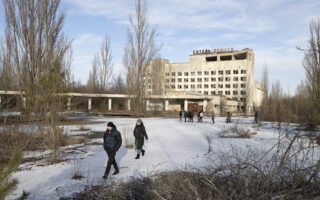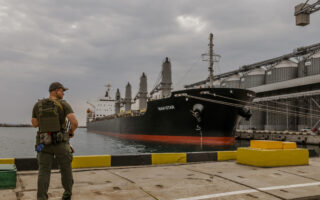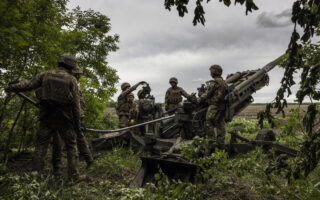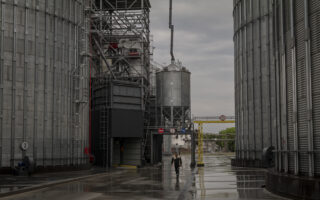Ukraine launches southern offensive, as inspectors head to nuclear plant
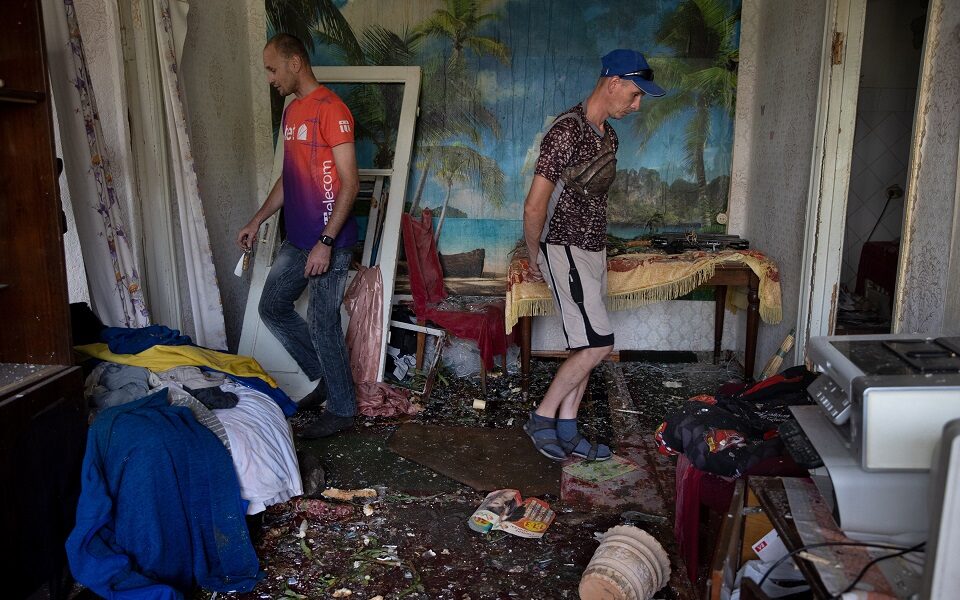
Ukrainian forces launched ground assaults Monday in multiple areas along the front in the Kherson region of southern Ukraine, apparently stepping up a counteroffensive aimed at recapturing territory seized by Russia.
The intensifying fighting coincided with an announcement by the chief of the International Atomic Energy Agency that a team of nuclear experts would visit the Russian-occupied Zaporizhzhia nuclear power plant, on another part of the front about 100 miles to the northeast, where frequent shelling has raised the threat of a disastrous radiation release.
Ukrainians say the plant’s staff – overworked and mistreated by Russian troops – has struggled to keep it running safely. The IAEA wants to assess the plant’s safety and the state of the workers, and establish a permanent presence there to monitor operations.
For months, Ukrainian officials have promised a broad counteroffensive in the Kherson region to push Russian forces from the western bank of the Dnieper River, a natural barrier. It was unclear if the fighting Monday was the start of that larger effort.
President Volodymyr Zelenskyy’s government has been under pressure to begin a significant operation before autumn rains leave the countryside muddy and impassable, before a feared energy crisis undermines European support, and before Russian forces can further fortify and resupply their positions.
In the fighting Monday, Ukraine accelerated what had been sluggish movement in ground operations even as their long-range strikes into Russian-held territory picked up over the summer.
But risks abound as Ukrainian troops push forward over farm fields and irrigation canals along the northern rim of the Kherson region. After weeks of Ukraine softening up Russian positions with artillery and rockets, Russian forces west of the Dnieper are already largely cut off from resupply, as Ukraine has used the U.S.-provided High Mobility Artillery Rocket System, or HIMARS, which fires precision rockets, to destroy bridges across the river.
Ukrainian success would buoy morale at home and could persuade wavering allies to continue sending weapons to Kyiv. Failure could mean sacrificing lives for little or no gain, only to have the war settle into a stalemate through the winter. The government has signaled the start of offensive operations multiple times since May, but not much land has changed hands.
This article originally appeared in The New York Times.

